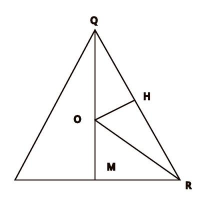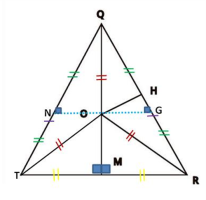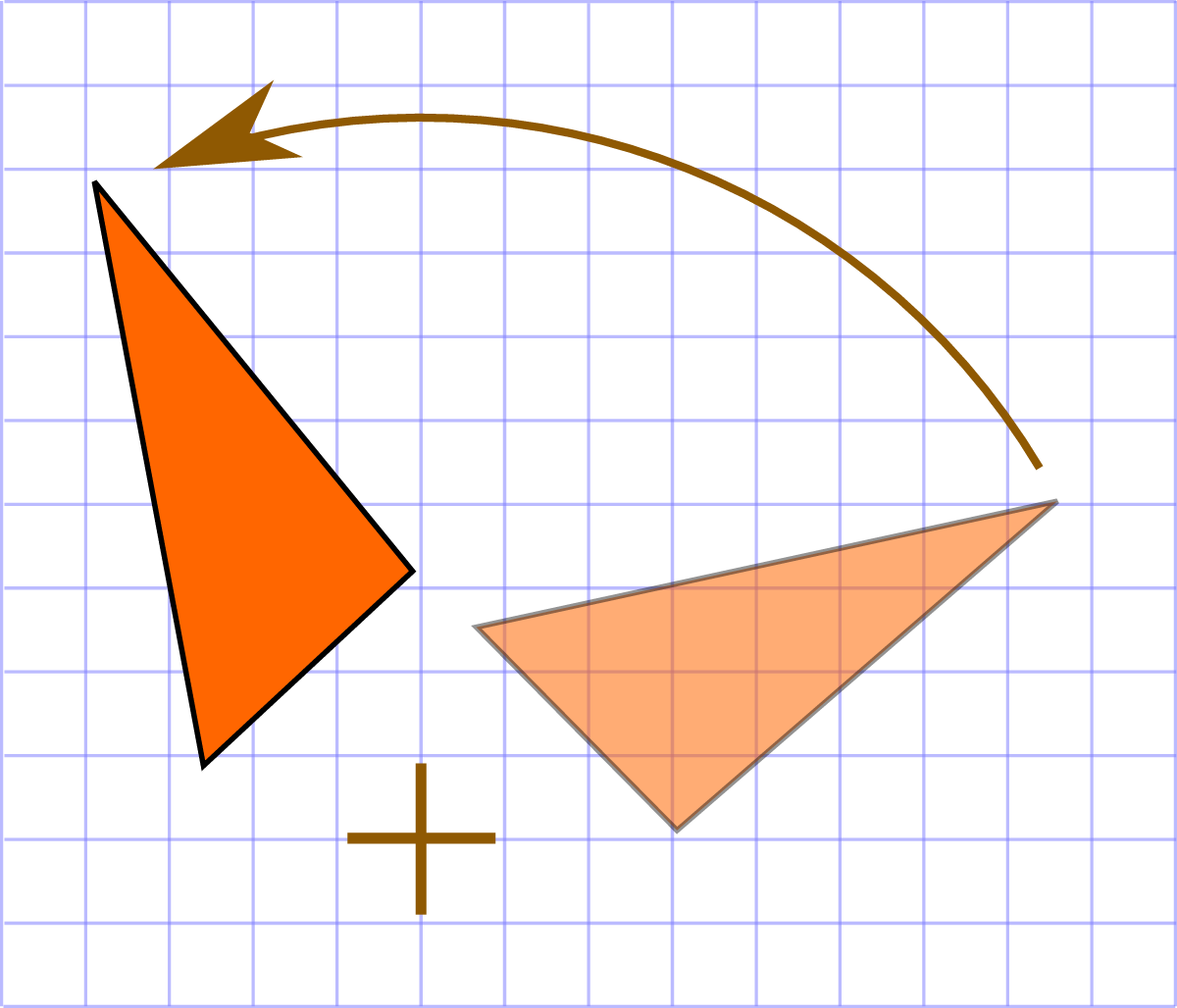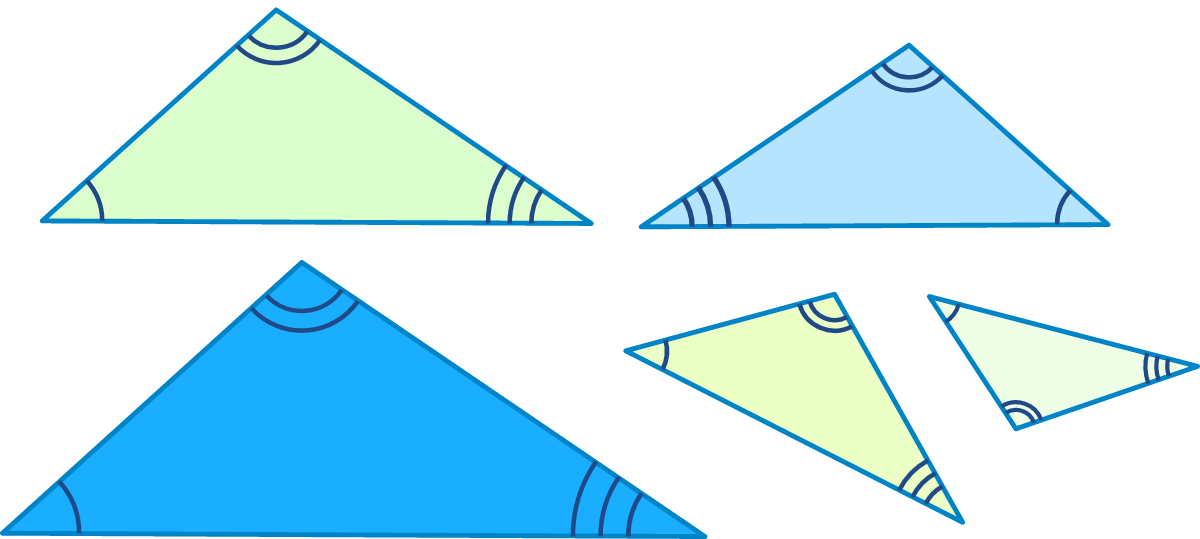Yes because I ended from where I started from. I can see it clearly.Since you got a different answer, what you did is simply wrong. The question is, why?
First, this work accomplished nothing:
I remembered the identity
Then, the following is just wrong; there's a major sign error:
In fact, [imath]r^2-(15-r)^2=r^2-(225-30r+r^2)=30r-225[/imath]. So the next line should be
[imath]30r-225=64\\30r=289\\r=289/30\approx9.63[/imath]
[math](a-b)^2=a^2-2ab+b^2[/math]I had to apply before I saw that
[math]30r = 64 +225[/math]Thanks for helping my memory.
Last edited:




